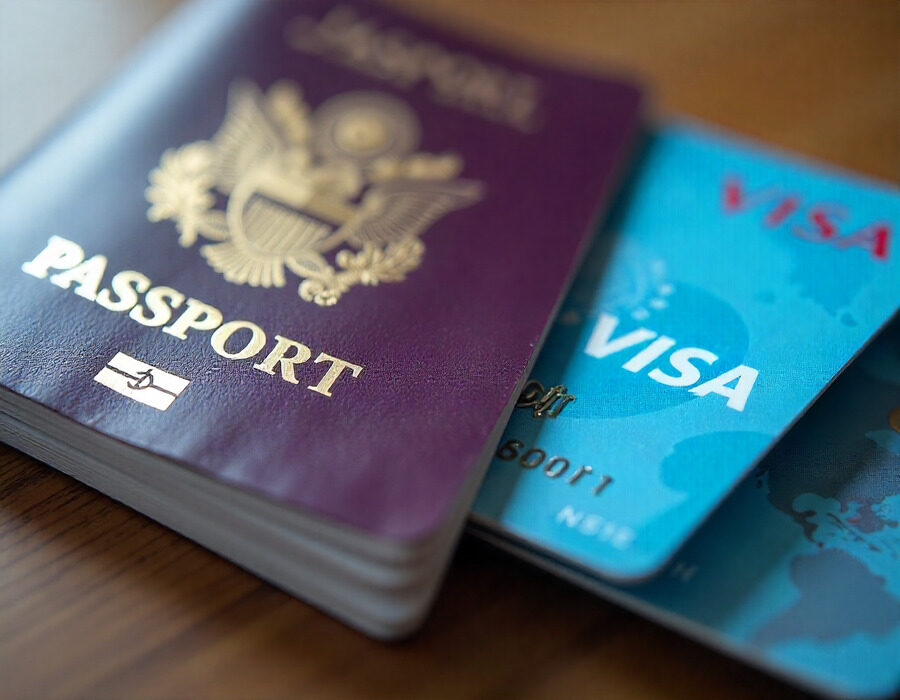Published on
August 15, 2025
South Korea has introduced an unprecedented visa-free entry policy for Chinese tourists, set to begin on September 29, 2025, with the goal of revitalizing its tourism industry and strengthening diplomatic relations with China. This groundbreaking move, which allows group tourists from China to visit South Korea without the usual visa requirements until June 30, 2026, is a direct response to China’s recent visa exemption for South Korean travelers. By eliminating bureaucratic barriers, South Korea aims to attract a surge of Chinese visitors, capitalizing on the growing interest in its vibrant culture, modern attractions, and historic sites, all while reinforcing the strategic partnership between the two nations.
South Korea is set to boost its tourism industry with a significant policy change: from September 29, 2025, Chinese group tourists will be allowed to visit the country without needing a visa. This provisional measure will be in place until June 30, 2026. The announcement, made on August 6, 2025, marks a reciprocal gesture in response to China’s recent visa exemption for South Korean travellers, aiming to foster a mutual growth in tourism between the two nations. Under the new policy, Chinese visitors will have unrestricted access to explore major South Korean cities like Seoul, Busan, and Daegu, without the usual bureaucratic process of visa application.
The new visa-free entry policy for Chinese tourists is designed to boost group travel, helping to revive South Korea’s tourism sector after the downturn caused by the global pandemic. The initiative also coincides with South Korea’s preparations to host the prestigious Asia-Pacific Economic Cooperation (APEC) summit in 2025, specifically in the historic city of Gyeongju. This event, which will take place in the fourth quarter of 2025, is expected to attract leaders and delegations from across the Asia-Pacific region, making it an ideal opportunity to further increase tourism inflow.
South Korea is known worldwide for its captivating mix of ancient heritage and modern innovation. The country’s natural landscapes, vibrant culture, and K-pop and K-drama phenomena have made it an increasingly popular destination. To capitalize on this growing interest, South Korea is actively working to revitalize its tourism sector, which was significantly impacted by the COVID-19 pandemic. In 2024, South Korea hosted 16.4 million foreign visitors, a modest decrease from the 17.5 million who traveled there in 2019, prior to the pandemic’s impact on global tourism.
In addition to the new visa policy, South Korea is implementing other technological innovations to streamline the travel experience. One such initiative is the introduction of the e-Arrival card, a digital system designed to simplify the immigration process. With this new feature, tourists no longer need to manually fill out paper forms when arriving at the airport. Instead, they can complete the required information online before their arrival, making the entire entry process faster and more efficient. However, this service is not available to South Korean residents, holders of Korea Electronic Travel Authorisations, or airline crew members.
The move to offer visa-free entry for Chinese group tourists is part of South Korea’s broader strategy to bolster its tourism industry. In addition to attracting more Chinese visitors, the country hopes to create a ripple effect that encourages other nations to consider similar visa policies. By positioning itself as an open and accessible destination for travelers, South Korea is signaling its commitment to fostering international ties and rebuilding its tourism sector.
While the visa waiver is targeted at group tourists, the broader implications of this policy extend to the entire tourism ecosystem. Hotels, tour operators, and local businesses stand to benefit from an influx of Chinese visitors who will be eager to experience South Korea’s diverse attractions. This could have a significant economic impact, particularly in regions like Seoul, Busan, and Daegu, which are popular among international tourists. The expected rise in tourism also aligns with South Korea’s efforts to diversify its economic growth, with the tourism industry playing a crucial role in the country’s post-pandemic recovery.
South Korea’s visa-free policy is also an example of the country’s ongoing diplomatic efforts to strengthen relations with China. Both nations have seen significant growth in tourism over the past decade, with China being one of South Korea’s largest sources of inbound travelers. The visa waiver comes at a time when both countries are seeking to enhance cooperation in various sectors, including trade, technology, and culture.
With the announcement of the visa-free entry for Chinese tourists, South Korea is poised to become an even more attractive destination for those looking to explore the best of Asia. The policy not only makes it easier for travelers to visit South Korea, but it also reinforces the country’s reputation as a progressive and welcoming nation. The collaboration between South Korea and China in tourism sets the stage for an exciting future, with both countries working together to promote cultural exchange and mutual growth.
South Korea’s new visa-free policy for Chinese tourists, starting September 29, 2025, aims to boost tourism and strengthen bilateral ties, following China’s similar gesture for South Korean travelers. This initiative is designed to attract a surge of visitors while enhancing cultural and diplomatic relations between the two countries.
As the visa-free policy takes effect, South Korea’s tourism industry is expected to experience a resurgence, with an influx of Chinese tourists eager to experience the country’s vibrant cities, rich history, and dynamic culture. With the added convenience of digital entry systems and a growing array of attractions, South Korea is ready to capitalize on the new wave of international interest and solidify its reputation as one of the most desirable travel spots in Asia.
